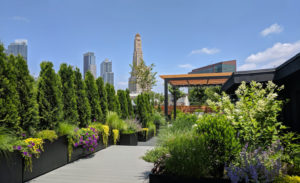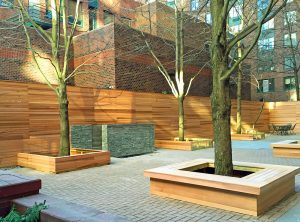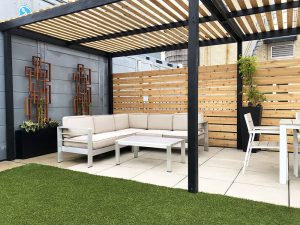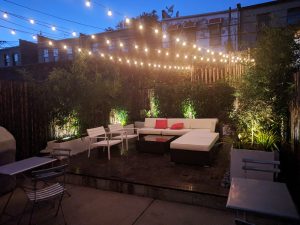
Success in gardening starts with proper soil preparation. Fruits and vegetables need nutrient-rich soil to grow fast and healthy. A well-prepared soil will not only promote plant growth but also minimize the needs for fertilizer, herbicides, and pesticides. Here is how you can prepare garden soil for planting to optimize yield.
-
Perform Soil Test
Soil test gives an idea about the many properties of soil. The combination if such properties play important roles in determining soil productivity. It will tell you whether your soil is light and sandy, a heavy clay, or moderate and productive. You will also know of possible nutrient deficiencies that need fixing.
Soil pH and organic content are other parameters that soil test can reveal. These factors are important in supporting the smooth growth of your garden plants. You can have a professional perform the soil test for you or you can do it yourself using readily available soil testing kits.
-
Amend Your Soil
A perfect soil test will reveal any deficiencies in the soil that need fixing. An aspect of garden soil preparation for planting is to add the necessary nutrients as per the needs of your plants. You can use the right fertilizer based on the results of your soil test to ensure the soil fertility is optimal.
If your soil is too acidic (too low pH) or too alkaline (too high pH), amend it by bringing the pH as close to neutral as possible. Garden plants generally do well at soil pH of between 5.5 and 7. That pH range allows the greatest microbial activity in the soil and plant roots absorb or access nutrients well. You can also amend soil structure by adding organic matter.
-
Break Garden Soil Loose
Once you have amended your soil, get to preparation proper – digging to loosen it. I would prefer you double dig and use the right technique to ensure the soil is properly broken. Loose soil improves drainage and improves nutrient absorption. Seeds will also germinate quickly because of easy root penetration.
If your soil is poorly drained, poor quality or too thin, you can still plant by making raised beds. You can have planting beds made of reinforced concrete, pressure-treated wood, mortared brick or stone. If you have a large garden then you can simply make mounds in rows 6 to 8 inches high and 2-3ft wide.
-
Add Mulching
Adding mulch to your garden will go a long way in helping you improve the overall health of your soil. It will also add beauty to your landscaping. Mulching does not have to be so hard. You can use a few tips to ensure you do it correctly.
First, cover the garden beds with dried leaves to keep water moist and suppress weeds. Mulch will also reduce soil evaporation by huge percentage meaning you will require watering your plants less. Always use fine-textured mulches such as compost, twice-shredded bark, or cocoa hulls. If you prefer airy mulch, then try using thicker layers of coarse-textured mulches such as bark chunks and straw.
Final Thought
You can become an expert gardener by using the tips I have provided you. Soil preparation is vital if you want your garden to produce its maximum. Do not do anything if you are not sure. This could ruin your soil and reduce your yield by a huge percentage. It is, therefore, important to consult or research further if there is an aspect you do not understand.
Author Bio
My name is Angela Williams, I’m founder of Outdoorgardencare.com , I adore gardening and I really enjoy to invest almost all of my time in gardening.








